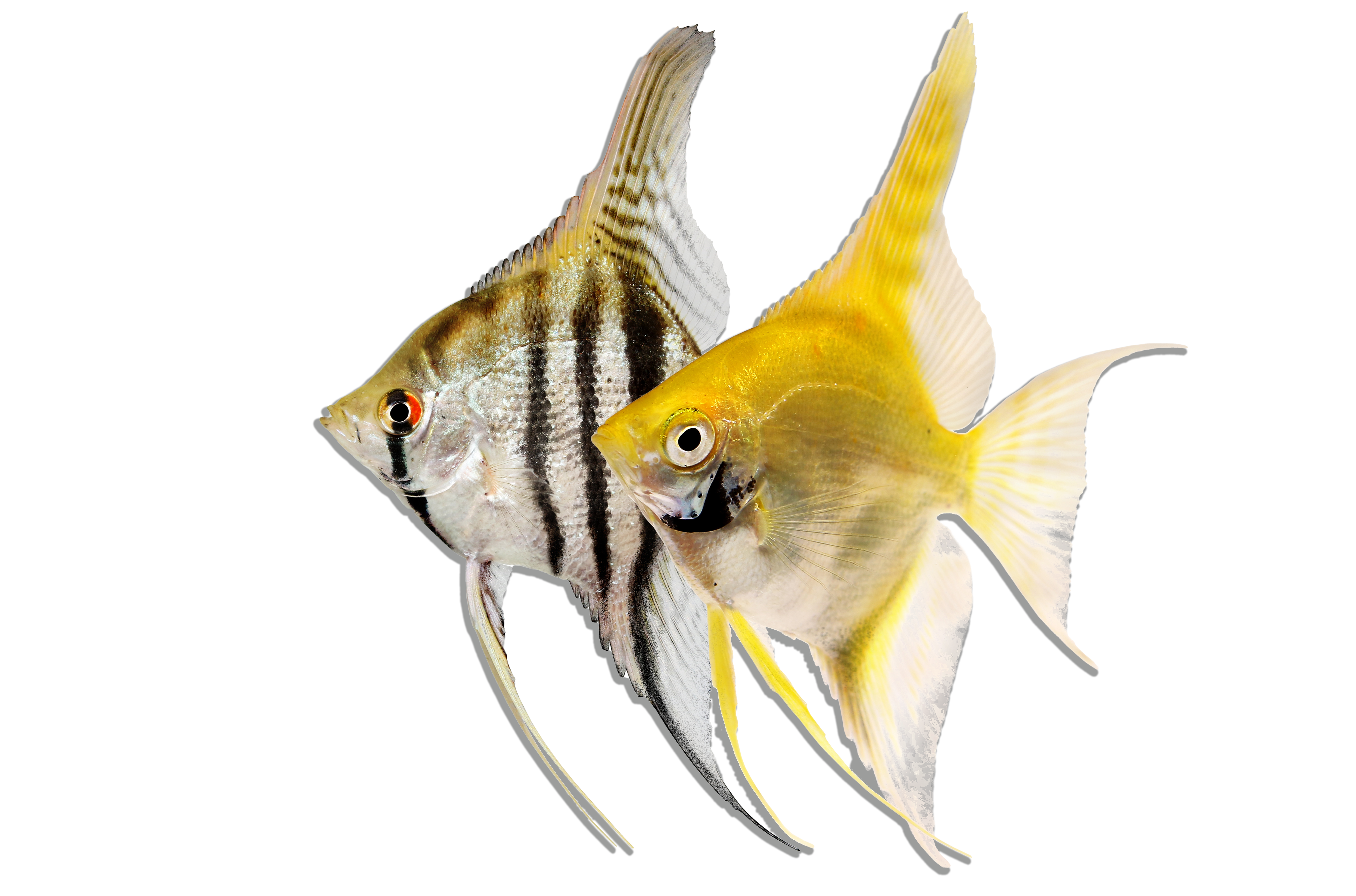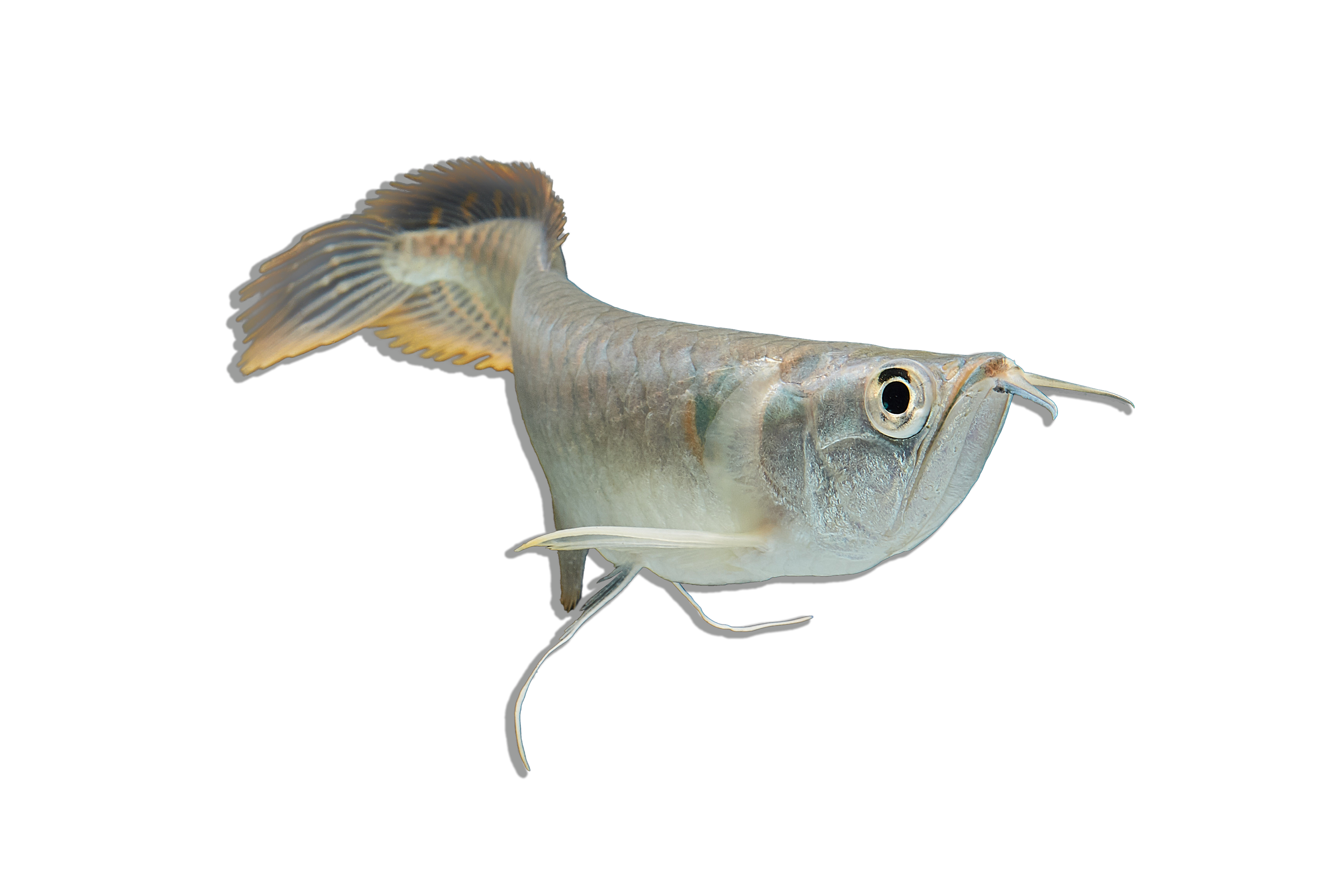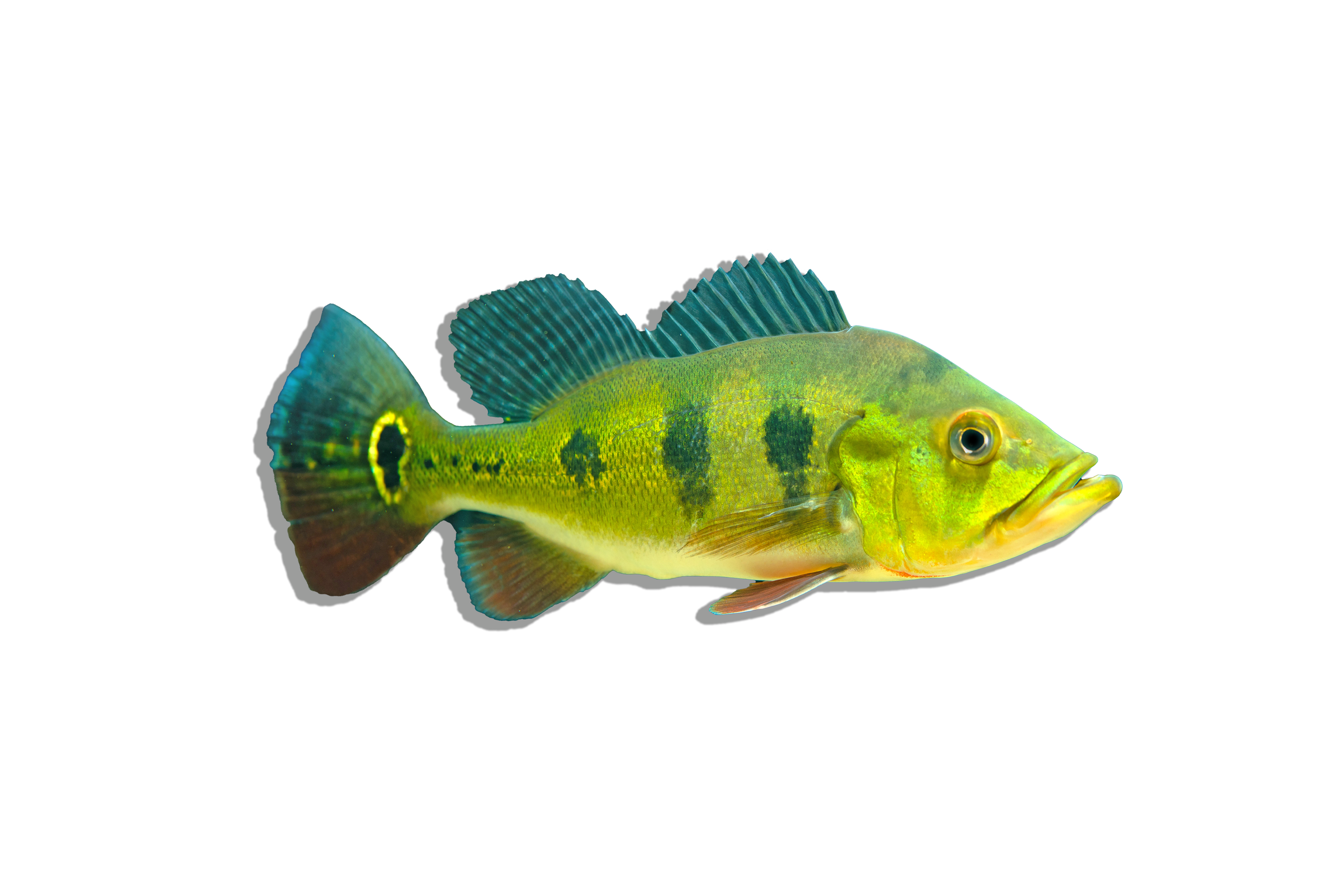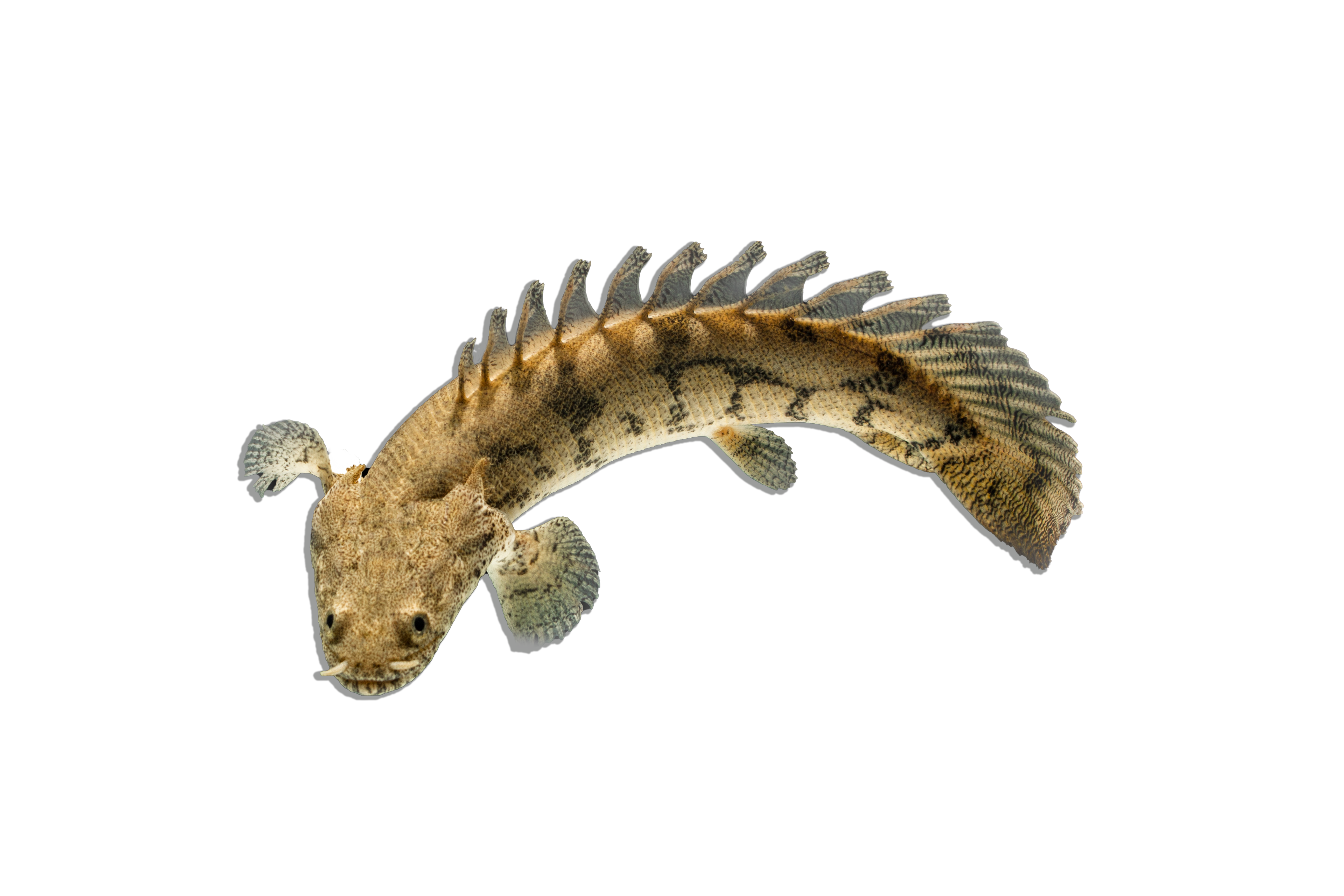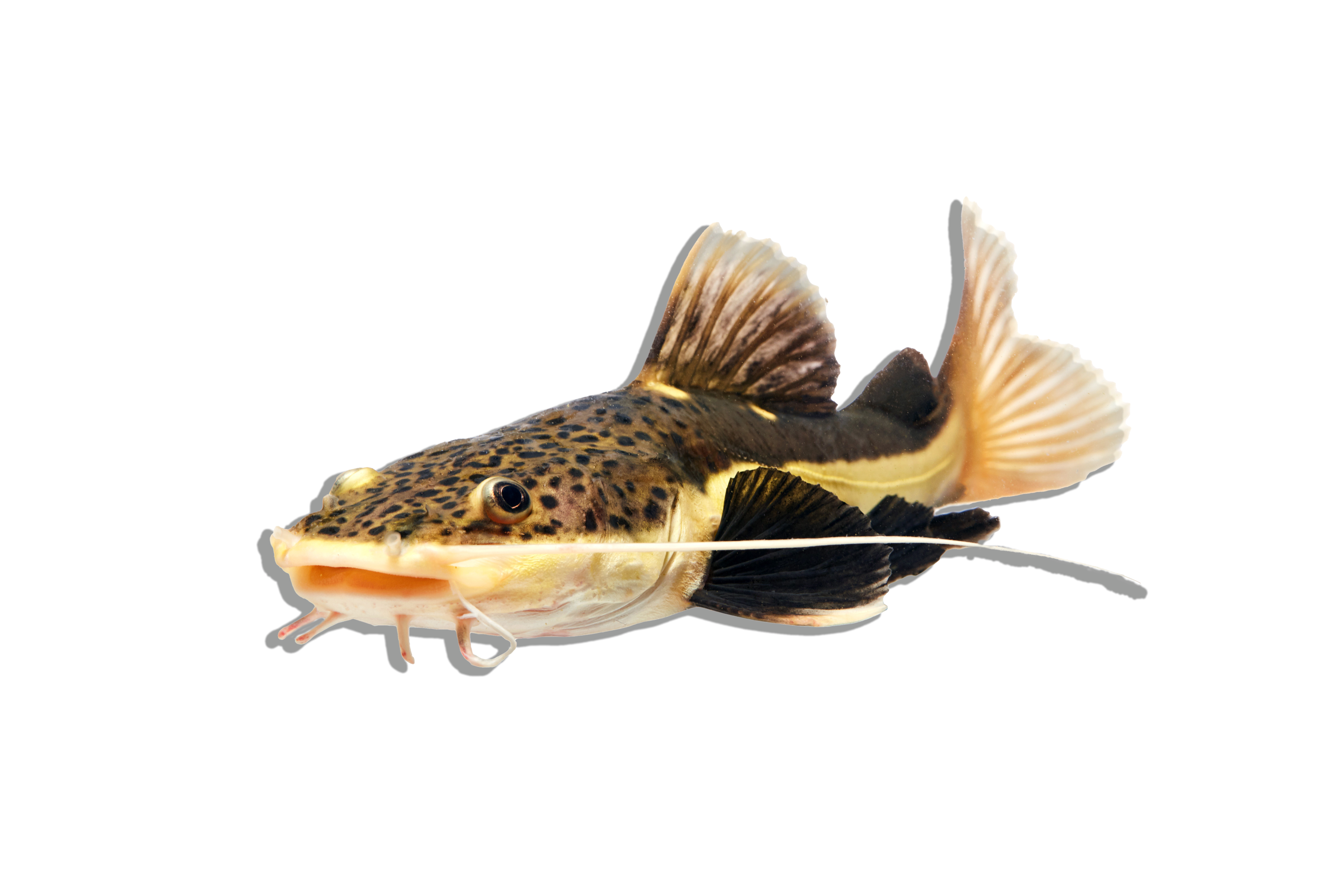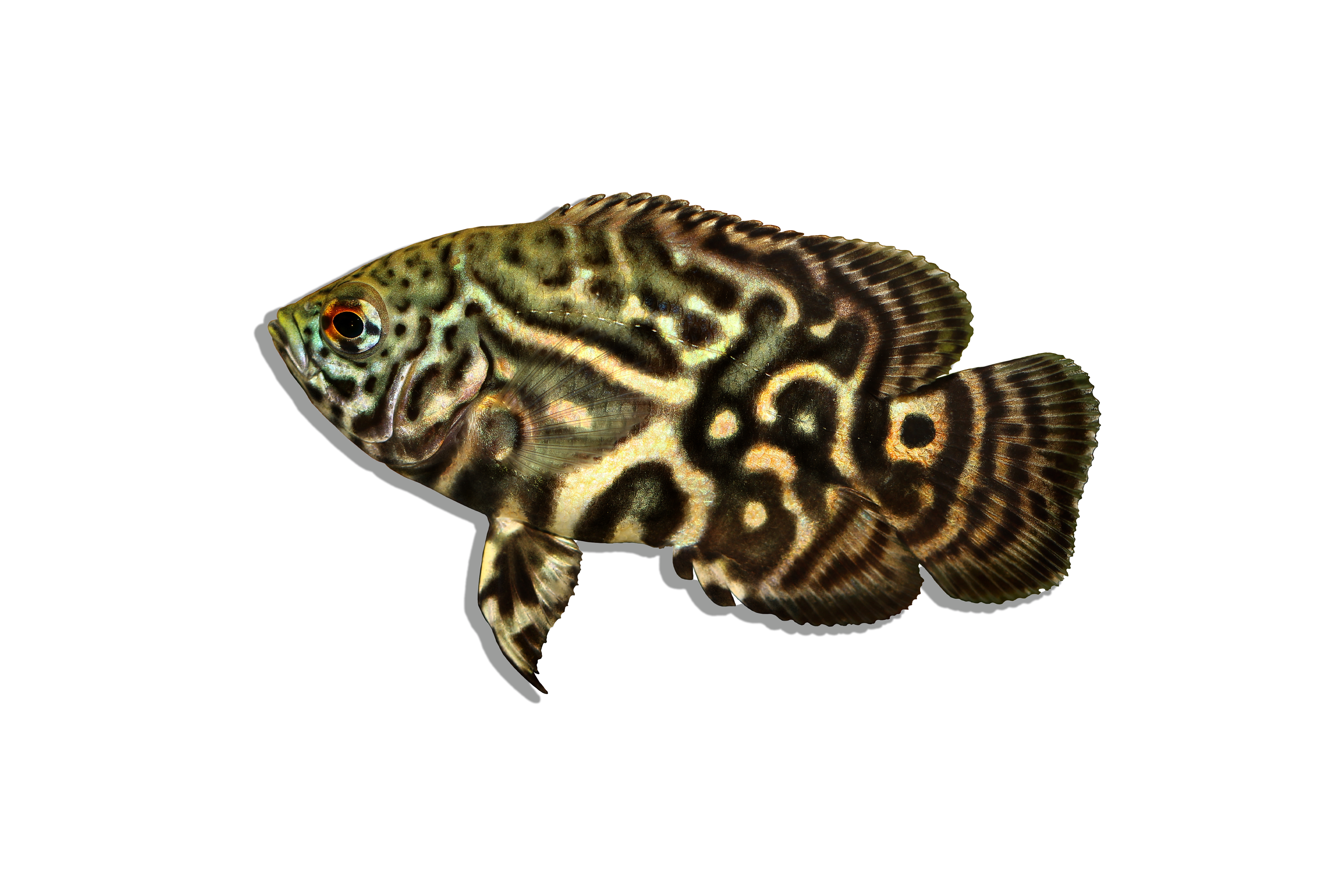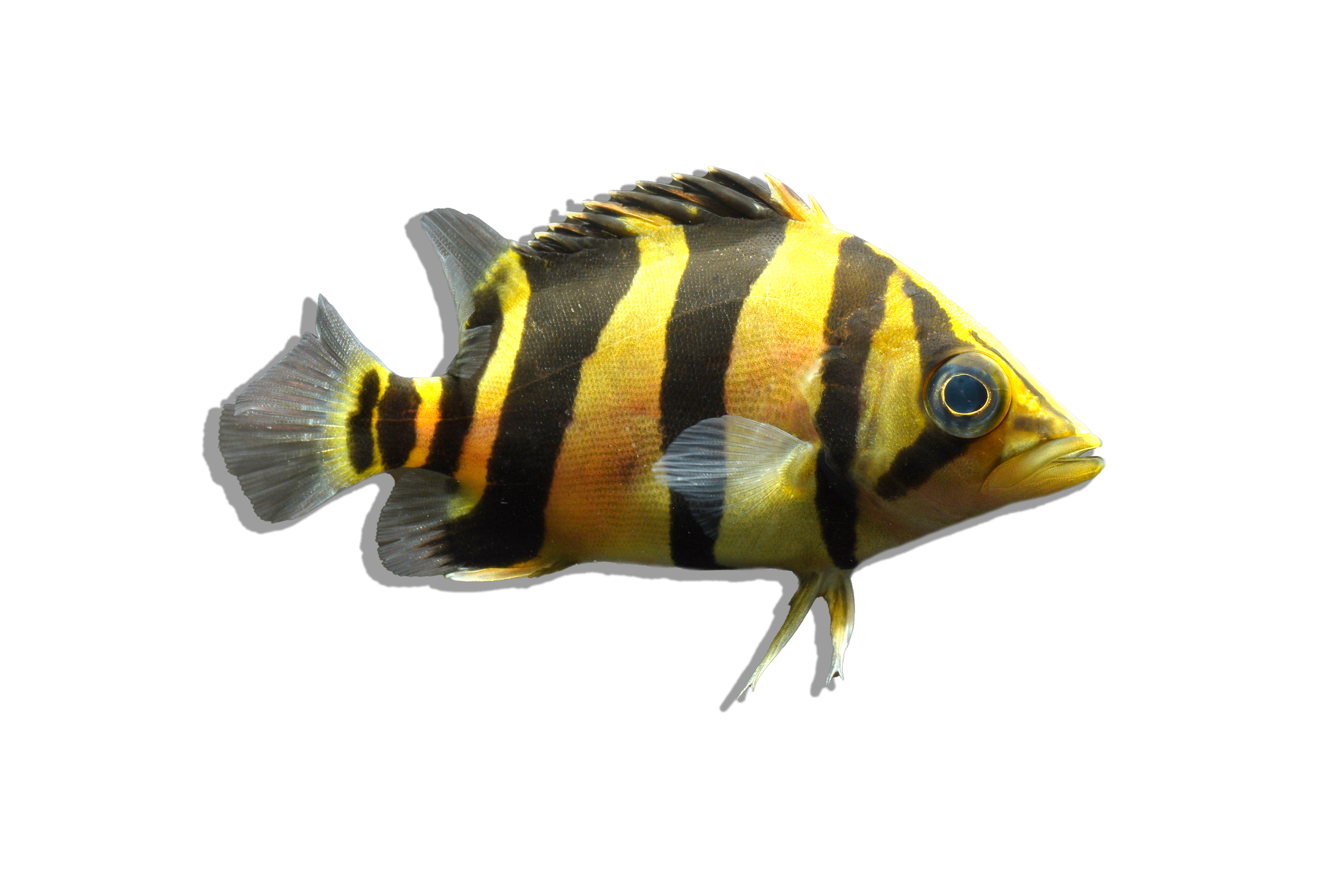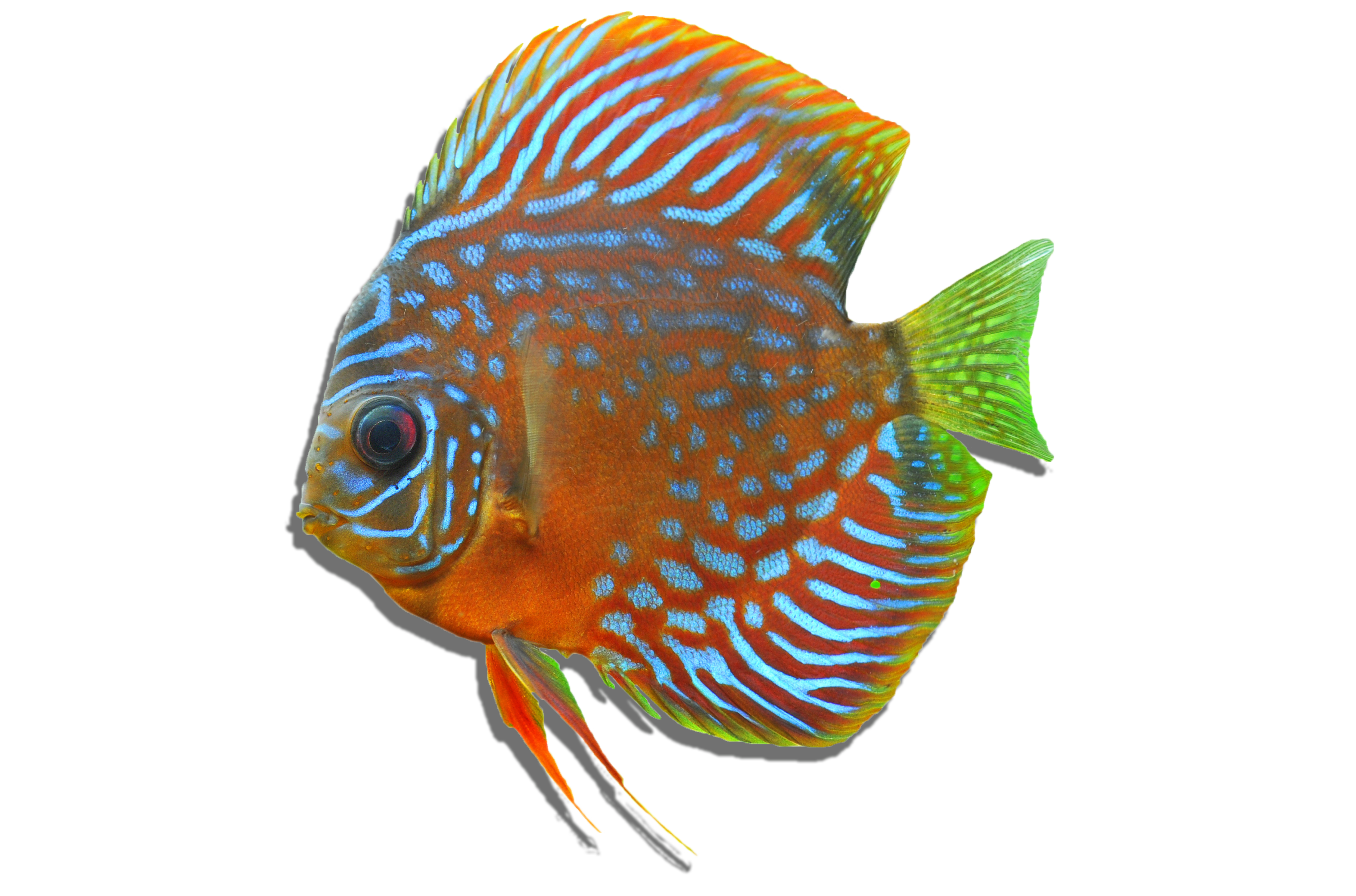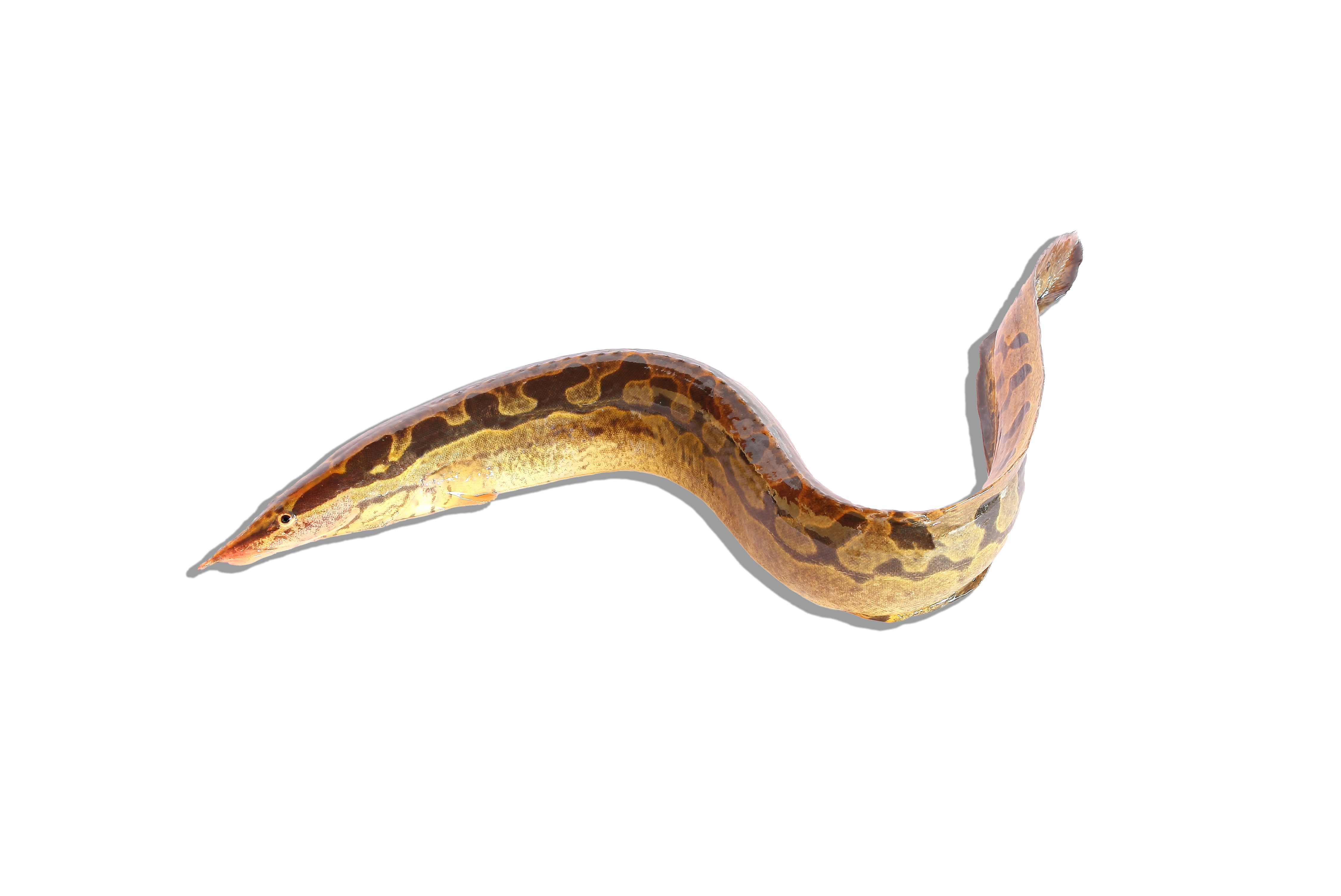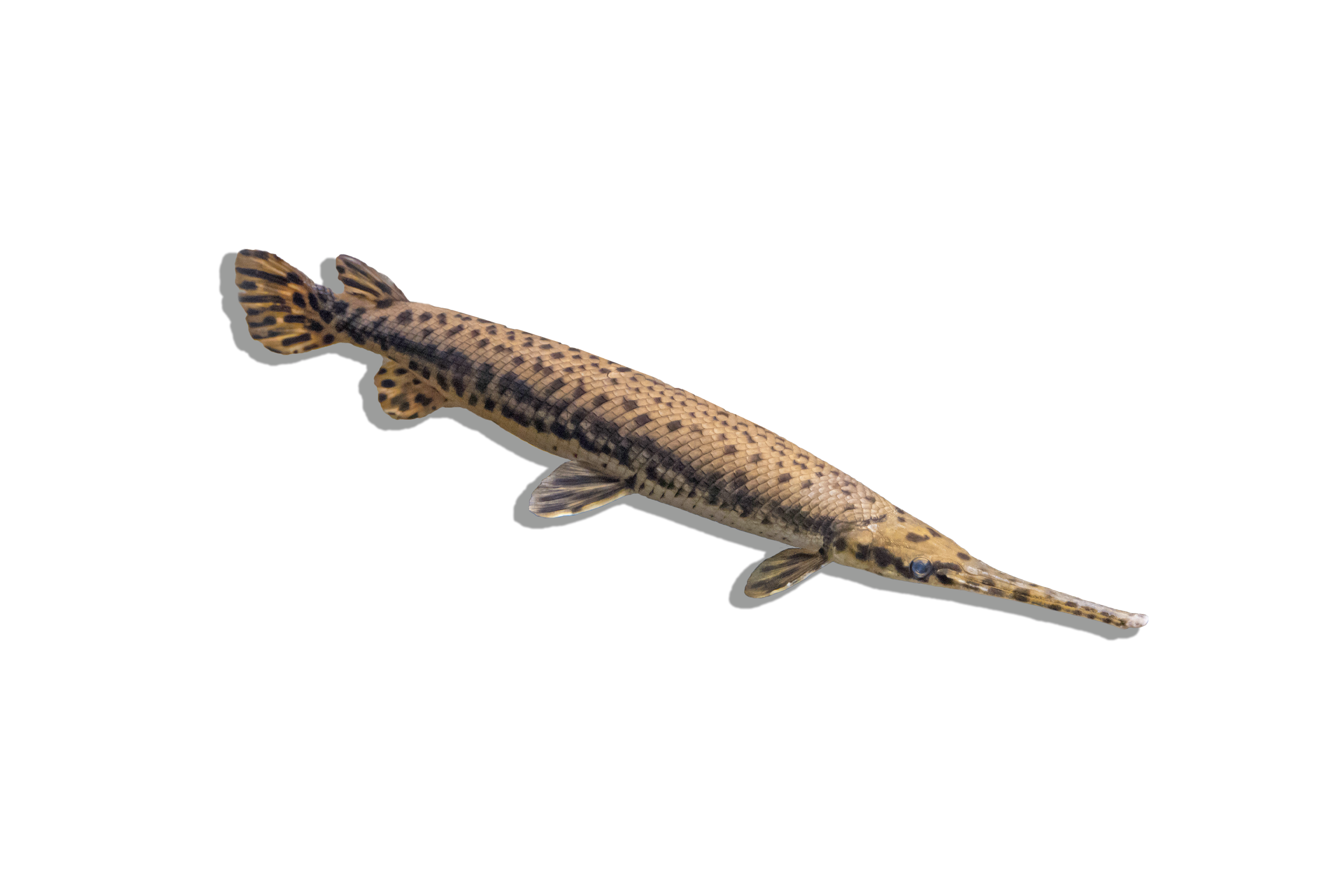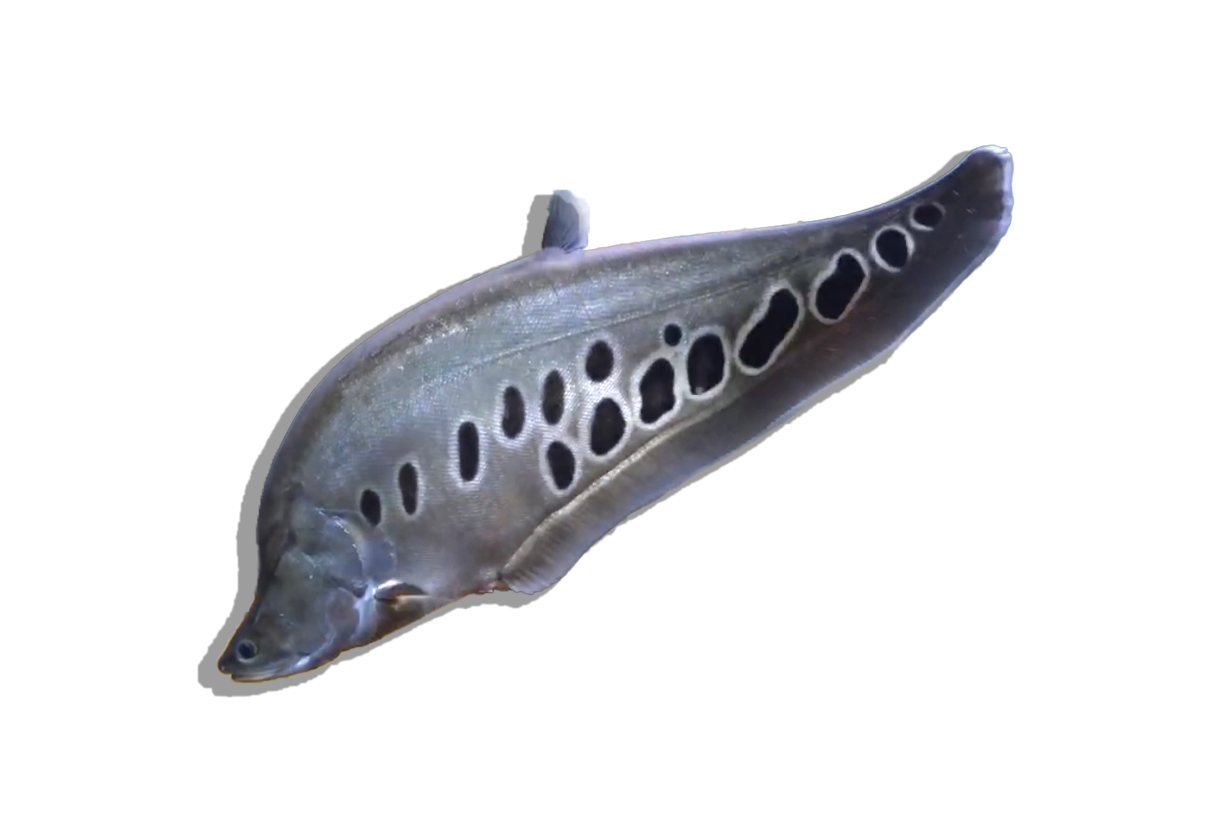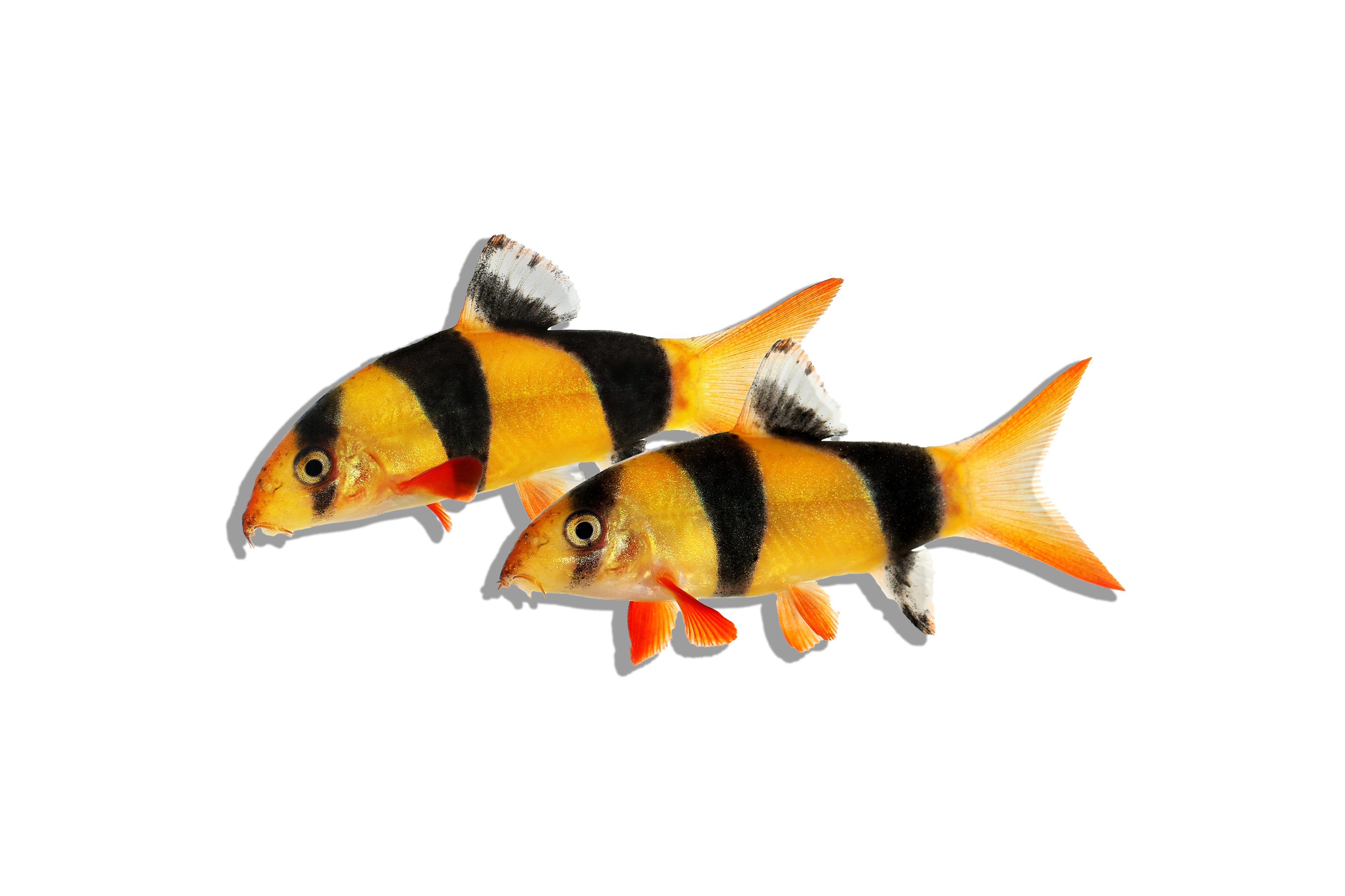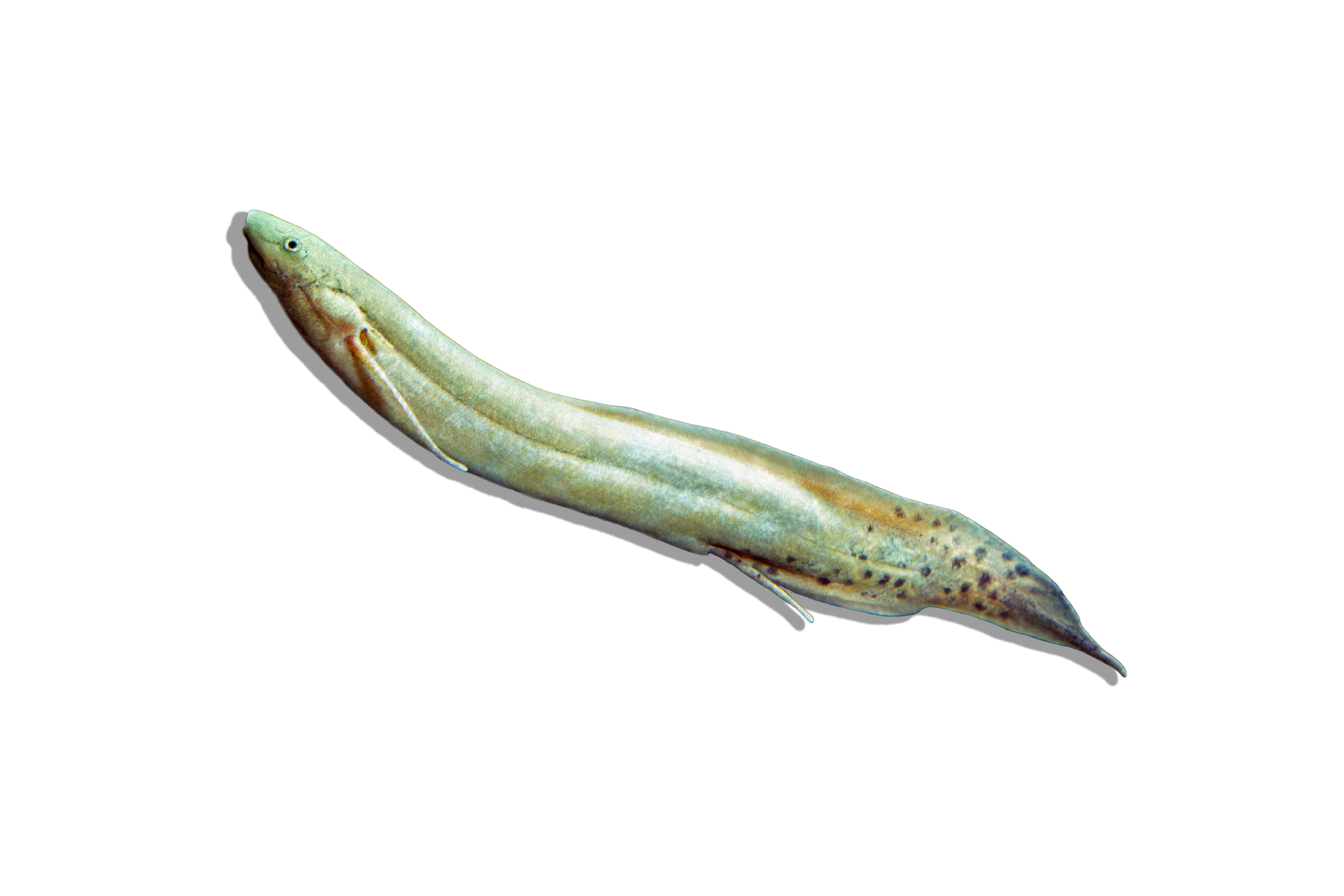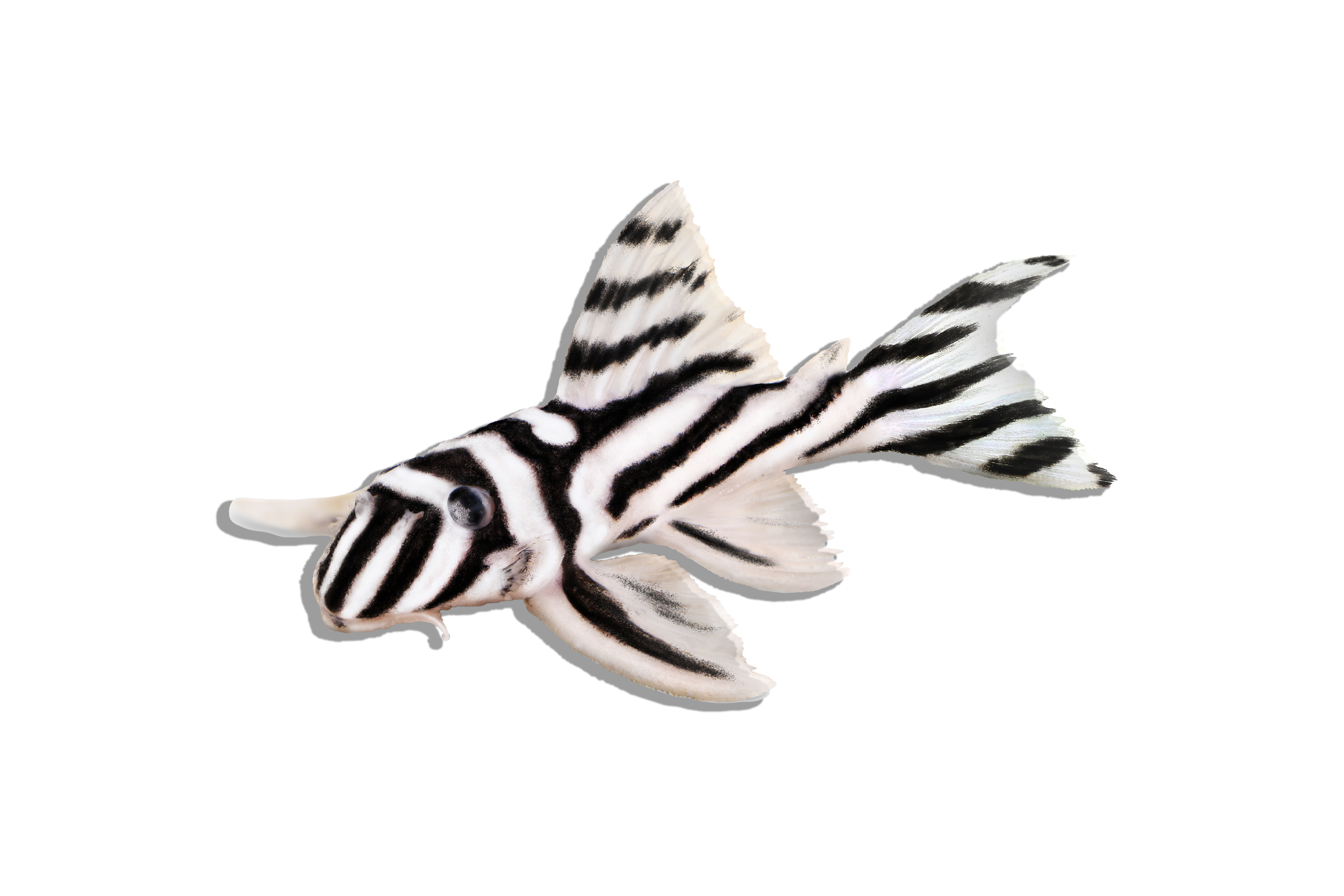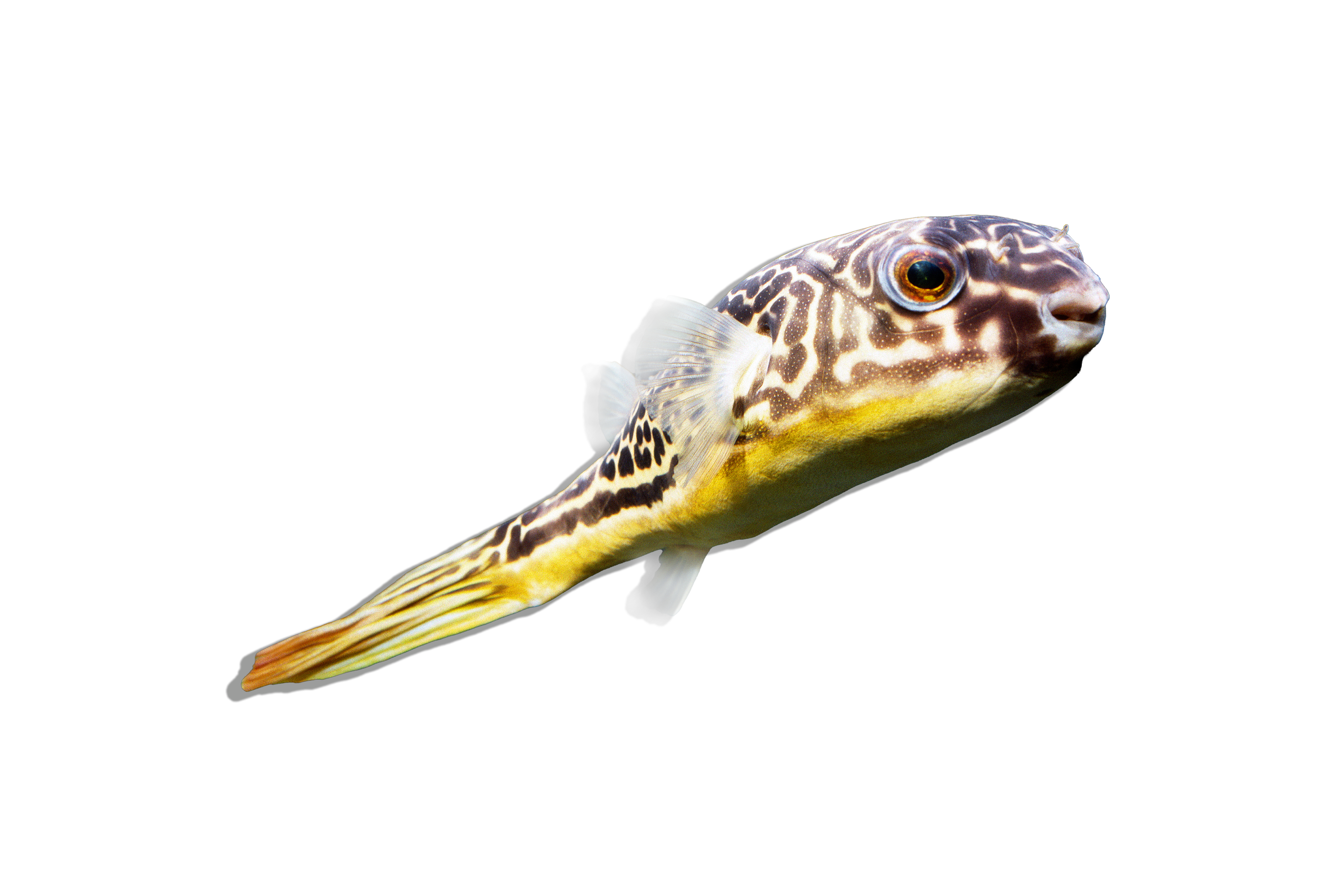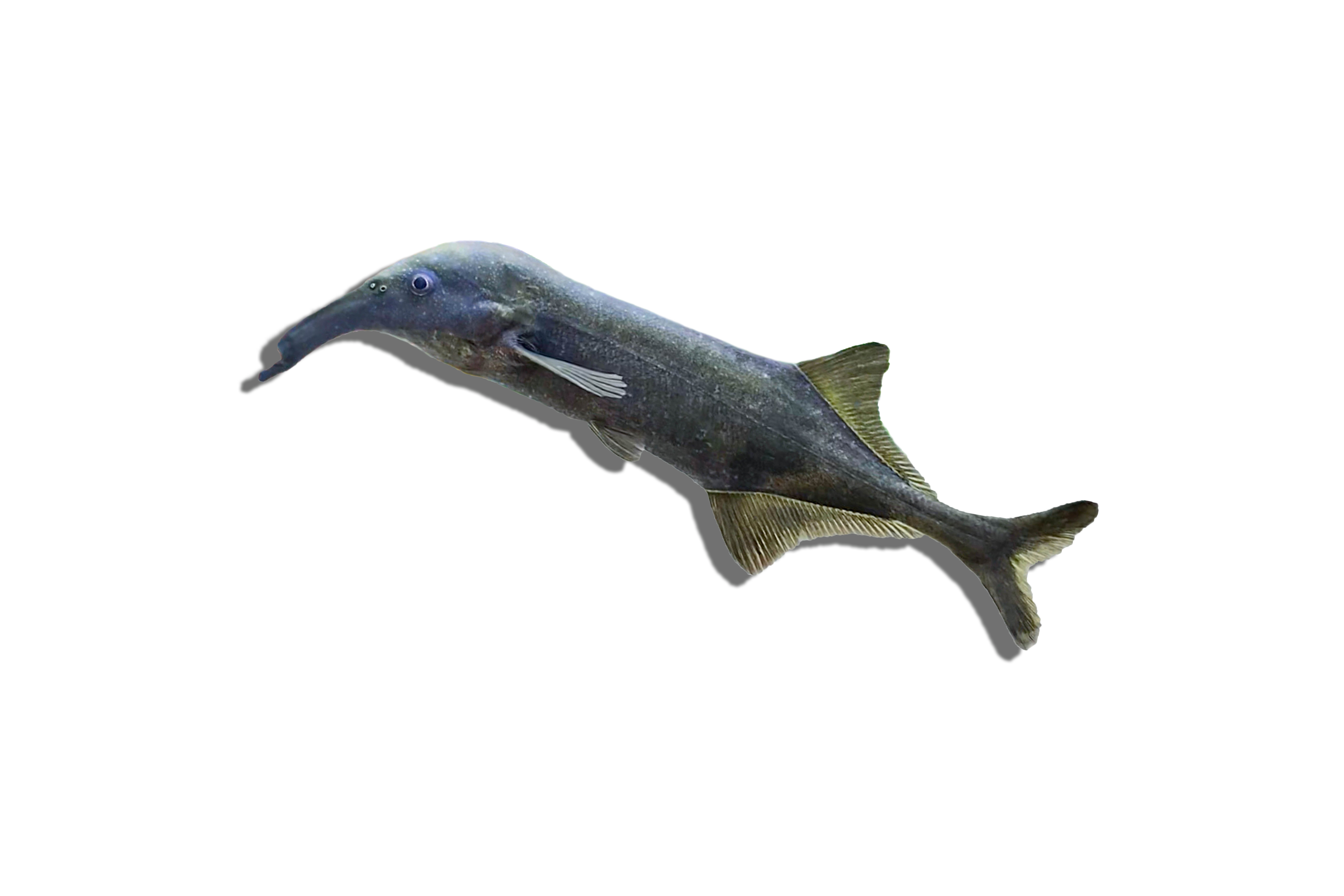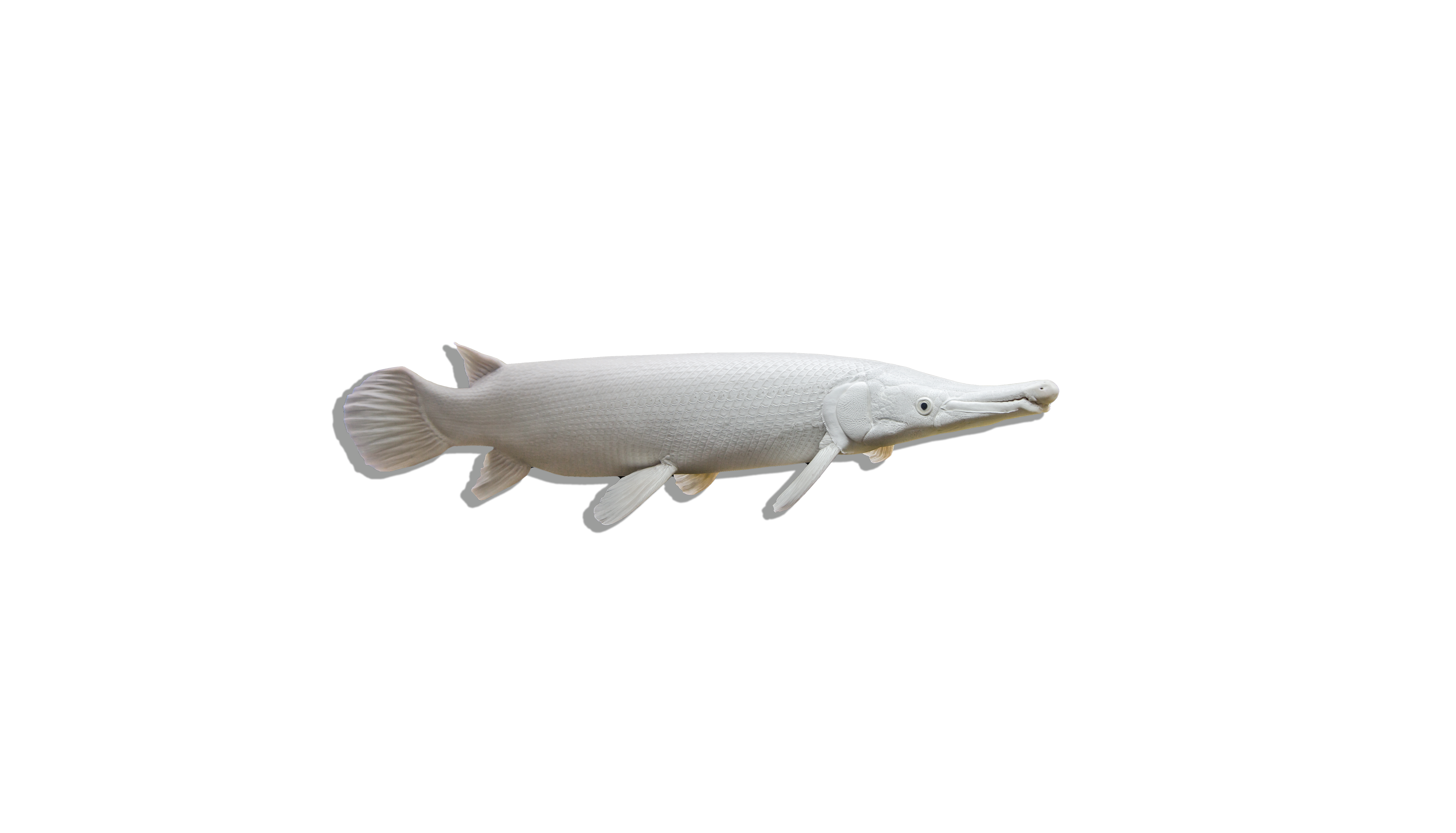Description
Common Name: African Ropefish
Scientific Name: Erpetoichthys calabaricus
Other Names: Reedfish, Snakefish
The African Ropefish is a fascinating and unique freshwater fish known for its elongated, snake-like body and primitive appearance. This species has a smooth, greenish-brown to gray coloration and a series of small dorsal finlets along its back. The Ropefish is a member of the Bichir family and possesses both gills and lungs, allowing it to breathe atmospheric air. Its unusual body shape and behaviors make it an intriguing addition to any aquarium.
Habitat and Distribution: The African Ropefish is native to the slow-moving rivers, swamps, and floodplains of West and Central Africa, particularly in countries like Nigeria, Cameroon, and the Democratic Republic of Congo. These fish inhabit shallow waters with dense vegetation, submerged roots, and soft, muddy substrates. The water in their natural habitat is typically warm, soft to moderately hard, and slightly acidic to neutral.
Size and Lifespan: In the wild and captivity, African Ropefish can grow up to 15-20 inches (38-50 cm) in length. Their lifespan can range from 10 to 15 years, depending on the care and conditions provided in the aquarium. Ensuring a proper diet, clean water, and adequate space are crucial for their longevity and well-being.
Diet and Behavior: African Ropefish are carnivorous and have a diet that includes small fish, crustaceans, insects, and other meaty foods in the wild. In an aquarium, they should be fed a varied diet of live or frozen foods such as bloodworms, brine shrimp, and small fish, as well as high-quality carnivorous pellets. These fish are nocturnal and more active during the night, often hiding during the day. They are generally peaceful but can be predatory towards smaller tank mates. Ropefish are known for their ability to escape from tanks, so a tightly fitting lid is essential.
Breeding and Reproduction: Breeding African Ropefish in captivity is rare and challenging due to their specific environmental needs and behaviors. Little is documented about their breeding habits in the wild, and successful reproduction typically involves creating conditions that closely mimic their natural habitat. A separate breeding tank with optimal water conditions, plenty of hiding spots, and a soft substrate is necessary. The female lays eggs in secluded areas, and there is no parental care for the eggs or fry.
Aquarium Care and Tank Requirements: To keep African Ropefish, a tank of at least 55 gallons is recommended to provide ample swimming space and accommodate their size. The tank should include plenty of hiding spots created with rocks, driftwood, and dense plants to mimic their natural habitat and reduce stress. A soft, sandy substrate is ideal to protect their delicate skin. Gentle water flow and efficient filtration are essential to maintain water quality. Regular water changes are crucial to keep the environment clean and stable. As mentioned, a tightly fitting lid is necessary to prevent escapes.
Ideal Tank Mates: African Ropefish can be kept with other peaceful, similarly sized fish that share similar water parameter requirements. Suitable tank mates include larger tetras, peaceful cichlids, and non-aggressive catfish. Avoid housing them with very small fish, which may be seen as prey, or overly aggressive fish that may bully or stress them.
Difficulty Level: Intermediate to Advanced. While they are hardy and adaptable, their nocturnal behavior, specific dietary needs, and tendency to escape require attentive care and a well-maintained aquarium.
Water Parameters:
- Temperature: 75-82°F (24-28°C)
- pH: 6.0-7.5
- General Hardness (GH): 5-20 dGH
- Carbonate Hardness (KH): 4-10 dKH
- Ammonia: 0 ppm (ideal), up to 0.25 ppm (max)
- Nitrite: 0 ppm (ideal), up to 0.25 ppm (max)
- Nitrate: <20 ppm (ideal), up to 40 ppm (max)
Additional Information:
- The African Ropefish's unique body shape and ability to breathe atmospheric air make it a fascinating addition to any aquarium, providing both visual interest and a touch of prehistoric charm.
- These fish are known for their ability to burrow and hide, so providing a well-decorated tank with plenty of hiding spots is essential for their well-being.
- In their natural habitats, African Ropefish play a role in controlling populations of small invertebrates and fish, contributing to the ecological balance.
- Fun fact: The African Ropefish can survive out of water for short periods, as long as they remain moist, thanks to their lung-like adaptations, which allow them to breathe air.

